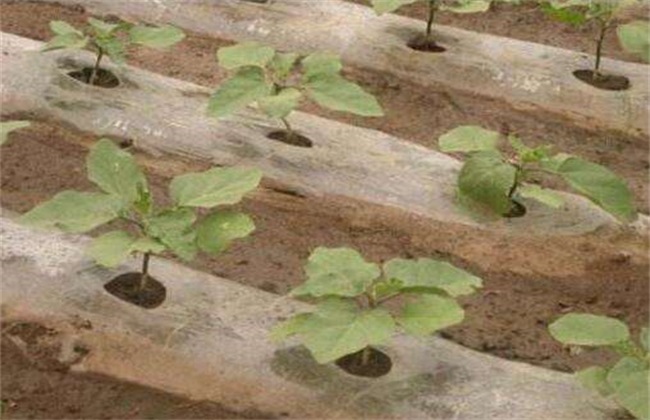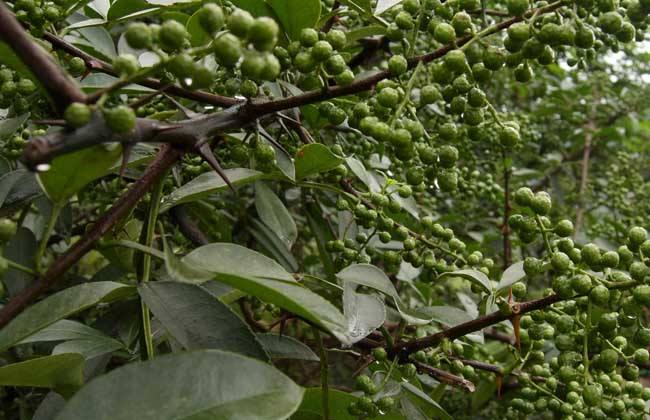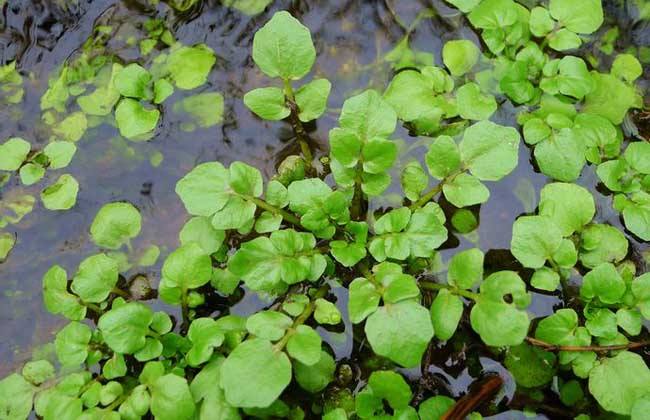Management techniques of eggplant after planting
Eggplant is a very popular vegetable in China, which has rich nutritional value and delicious taste, and its planting area is also expanding. Eggplant planting is mainly based on seedling transplanting, which can effectively increase the yield. First, seedlings should be raised, and then transplanting and planting should be carried out under suitable conditions. So how to manage the eggplant after planting? The following editor will bring you the management technology after eggplant planting, let's have a look!

1. Temperature management
Eggplant seedlings should pay attention to maintain a high temperature within 7 days after planting so as to promote the emergence of new roots. After planting, the temperature should be kept at about 30 degrees, and the temperature difference between day and night should be controlled at 15 degrees. After about a week or so, the new leaves of eggplant seedlings will begin to grow effectively in a continuous high temperature environment. At this time, we should timely and appropriately reduce the temperature to avoid the continuous high temperature environment leading to plant growth. Before setting melons, the temperature is kept at about 24 degrees during the day and 12 degrees at night. During the change of season in spring and summer, the temperature rises gradually, and we have to do a good job of cooling at this time.
2. Proper ventilation
Ventilation after eggplant planting, we have to do a good job of ventilation, if ventilation is not timely, then the humidity in the greenhouse will gradually increase, causing various diseases of eggplant. Therefore, after planting, we have to ventilate according to the temperature and humidity in the greenhouse. After a week of planting, the temperature exceeds 25 degrees during the day and starts when the temperature is higher than 15 degrees at night. On cloudy and rainy days and after watering, the humidity is easy to rise, so we should appropriately extend the ventilation time. Especially in early spring, it is very easy to cause all kinds of diseases and insect pests, so we must do a good job of ventilation.
3. Water and fertilizer management
We have to adjust the water and fertilizer management methods reasonably according to the planting season, for example, in autumn and winter, because the temperature is low, the growth ability of eggplant is not strong, and the demand for water is not great, so we only need small water drip irrigation. The watering time in autumn and winter should be in the sunny afternoon, but not in the sunny and rainy afternoon in other seasons. Then when the door eggplant grows to the size of a ping-pong ball, the yield of eggplant is relatively high, so the demand for fertilizer is also relatively large. Therefore, it is necessary to apply more fertilizer and exchange organic fertilizer with chemical fertilizer in turn to meet the nutritional needs of eggplant blooming and fruiting.
4. Pruning
The pruning of eggplant after planting is also very important. After planting, we should prune the eggplant reasonably according to the growth of the eggplant. Do a good job of wiping branches and double trunk pruning, hanging branches, beating old leaves and other basic pruning measures. Each pruning method has a different function, only to ensure that the eggplant can grow normally. It can effectively improve the permeability of the field, avoid consuming too much nutrition, hinder the growth of eggplant and reduce the yield.
The above is a brief introduction to the management technology of eggplant after planting. The management of eggplant is very important. When planting eggplant, we must pay attention to strengthen the management in order to ensure the output and efficiency. That's all for today's introduction. This article is for reference only. I hope it can help you all.
Related
- Where is it suitable to grow horseradish in China? it is expected to see the middle altitude horseradish in Alishan.
- How to prevent tomato virus disease reasonably? (Control methods included)
- Many people like to plant towel gourd on the balcony. What are the main points of this method and management?
- What crops can chili peppers be mixed with?
- Fertilization techniques and matters needing attention in Tomato
- What are the grafting techniques for peach seedlings in spring?
- Harm and control methods of root swelling disease of Chinese cabbage
- What are the pests of sweet potatoes? How to prevent and cure it?
- Symptoms, causes and Control methods of navel Rot in Tomato
- The cause of "Cucumber rotten bibcock" in Farmers' planting Cucumber and its Control Plan



